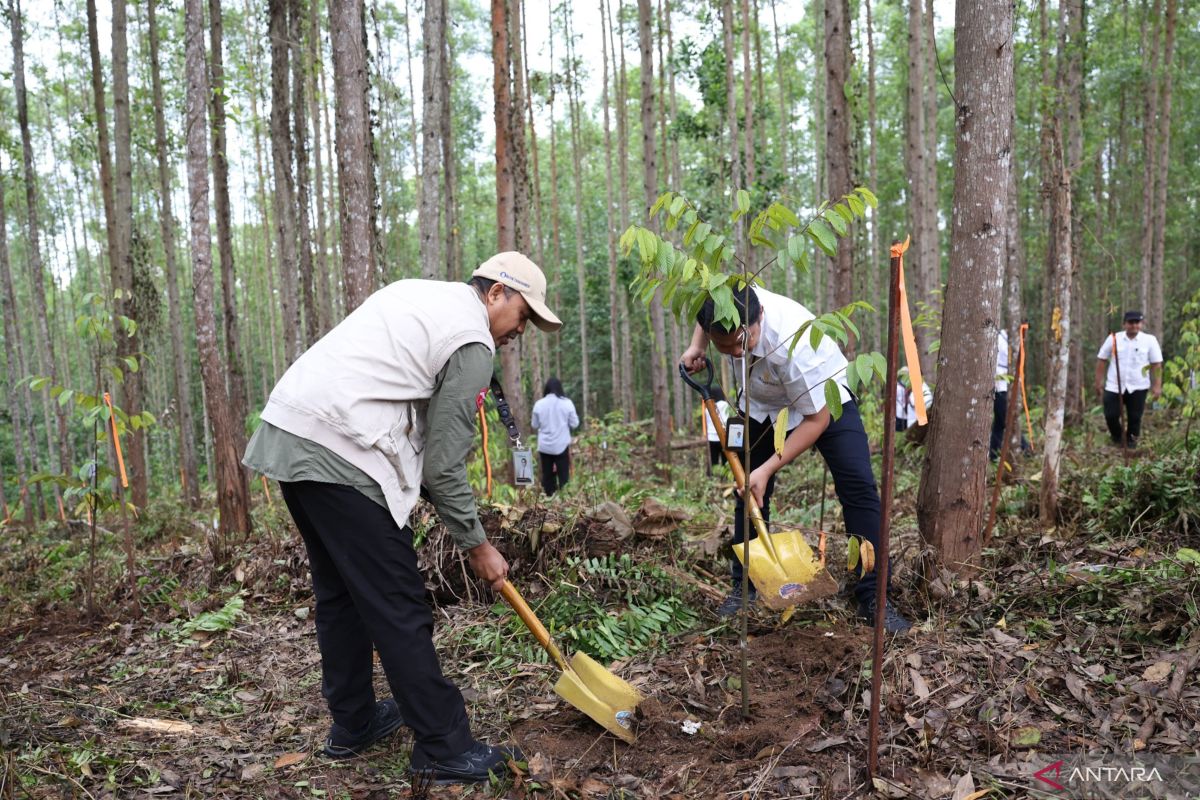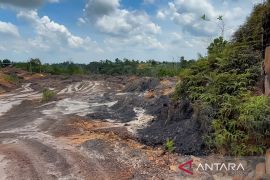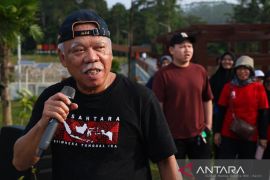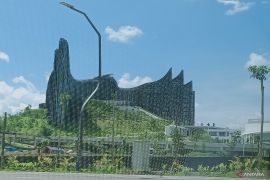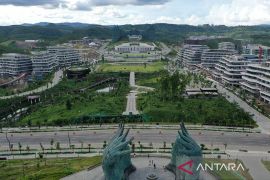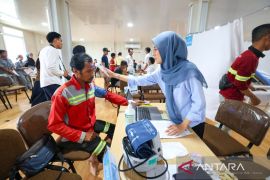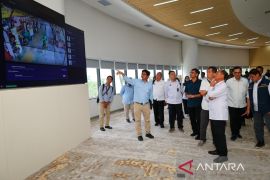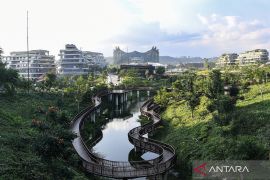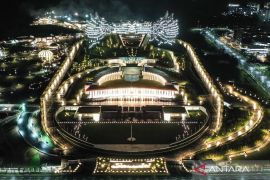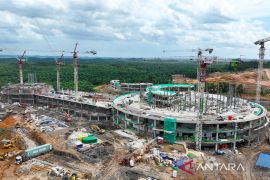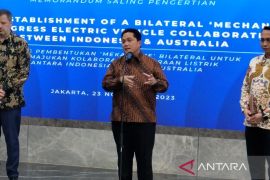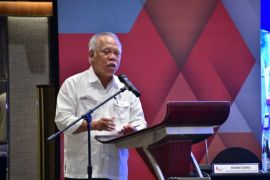Head of OIKN Basuki Hadimuljono stated here on Friday that various tree seedlings planted in the miniature tropical rainforest are balangeran (Shorea balangeran), ulin meranti (Eusideroxylon zwageri), durian (Durio zibethinus), guava (Psidium guajava), Indonesian bayleaf (Syzygium polyanthum) and rambutan (Nephelium lappaceum).
Hadimuljono explained that the planting of tree seedlings aligns with the development target of Nusantara to create 75 percent green spaces comprising 65 percent protected areas and 10 percent food security areas.
He noted that the forest city concept set in the new capital city of Indonesia emphasizes harmony between urban development and environmental conservation.
He remarked that tree planting is considered the main step towards ecological sustainability.
According to Basuki, a forest city is the embodiment of a sustainable city by maintaining, managing, and restoring forest ecosystems as a nature-based solution to addressing economic, social, and environmental issues.
He highlighted that the strategy includes rehabilitation, sustainable forest management, development of green open spaces, spatial planning, environmental building planning, and development of community participation.
Tree planting activities in Nusantara and its surrounding area will continue to be conducted to encourage a lifestyle for the community.
"Tree planting is an effort to strengthen OIKN's commitment to continue to promote greening activities," Deputy for Environment and Natural Resources of OIKN, Myrna Safitri, remarked.
This activity is expected to transform the ecosystem in Nusantara, most of which has been damaged, to be restored as a tropical forest ecosystem in Kalimantan.
Related news: OIKN to unveil several IKN infrastructures in December 2024
Related news: OIKN developing creative, innovative learning in new capital Nusantara
Related news: Prabowo wants IKN executive, judicial offices ready by 2028
Translator: Yashinta Difa Pramudyani
Editor: Azis Kurmala
Copyright © ANTARA 2024
